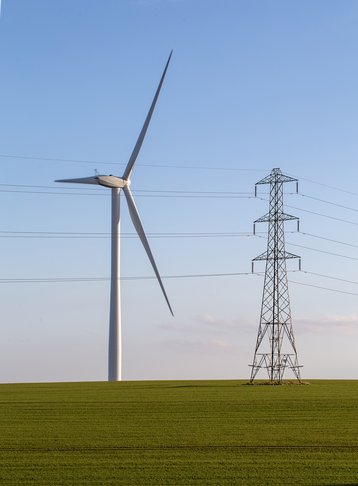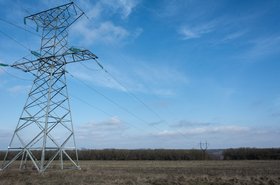The UK government electricity regulator Ofgem has approved a series of interconnection reforms proposed by the National Energy System Operator (NESO).
The reforms aim to clear the connection queue of “zombie” projects and prioritize projects aligned with the country’s strategic energy plans. NESO claims the reforms will clear more than 750GW of projects currently in the UK’s connection queue.
Following approval from Ofgem, NESO will begin to implement the new arrangements, pausing applications received as of 29 January. Doing so, NESO says, will enable resources to be dedicated to the delivery of connection reforms “at pace” across 2025.
Under the new changes, key industries of “the future,” such as data centers and renewable energy projects, will be accelerated to allow them to acquire a grid connection more quickly. As a result, up to 64 percent of all projects that have already won contracts could lose their place in the queue, representing around 765GW of capacity.
Of the 765GW, up to 360GW of projects may have their contracts downgraded as “gate one” because they are not ready, with a further 122GW potentially being placed further down in the queue for not aligning with the 2030 plan.
Projects placed in this pot must submit evidence to NESO to challenge their removal by July, with the submission window opening in May.
NESO has promised to indicate which developers have successfully secured a place in the reformed queue from September 2025. Following this, revised grid connection offers will be issued in the autumn with an initial focus on projects connecting in 2026 and 2027.
“These changes will axe ‘zombie’ projects and cut the time it takes to get high-growth firms online while also fast-tracking connections for companies delivering homegrown power and energy security through our plan for change,” said energy minister Ed Miliband.
The agreement is expected to support the UK government’s Clean Power Action Plan, which could see around £40 billion ($51.3bn) of investment into the clean energy sector between 2025 to 2030.
According to a December report by the UK Department for Energy Security and Net Zero, the UK is expected to have 43-50GW of offshore wind, 27-29GW of onshore wind, and 45-47GW of solar power by 2030.
In addition, the reforms are likely to allow for an expedited route to market for data centers, which were classified as critical national infrastructure last September. Data centers in the UK market currently face long lead times for connection, around five to ten years on average, with some facing connection dates as far into the future as the 2030s.
Ofgen CEO, Jonathan Brearley, noted: “Houses and hospitals, electric vehicle charging stations, data centres and the emerging AI sector, would also all benefit from the proposed streamlined fast-track approach, which would help boost energy security and drive down bills.”
The UK government has shown increased support towards the sector over the past year. In February, it announced that it would work with power companies to make up to 500MW of electricity available for new data center developments in each of its planned AI growth zones.
In addition, just last week the UK government formally launched its new AI Energy Council, which plans to align the government’s clean energy objectives with the rising demands of computing power, driven primarily by the growth of AI.
Participants in the meeting included power generation utilities and regulators, including NESO, EDF, Scottish Power, Ofgem, and National Grid, as well as large-scale tech firms, such as Microsoft, Arm, Google, and Amazon.
Read the orginal article: https://www.datacenterdynamics.com/en/news/ofgem-approves-uk-interconnection-reforms-potentially-clearing-more-than-750gw-from-its-connection-queue/









